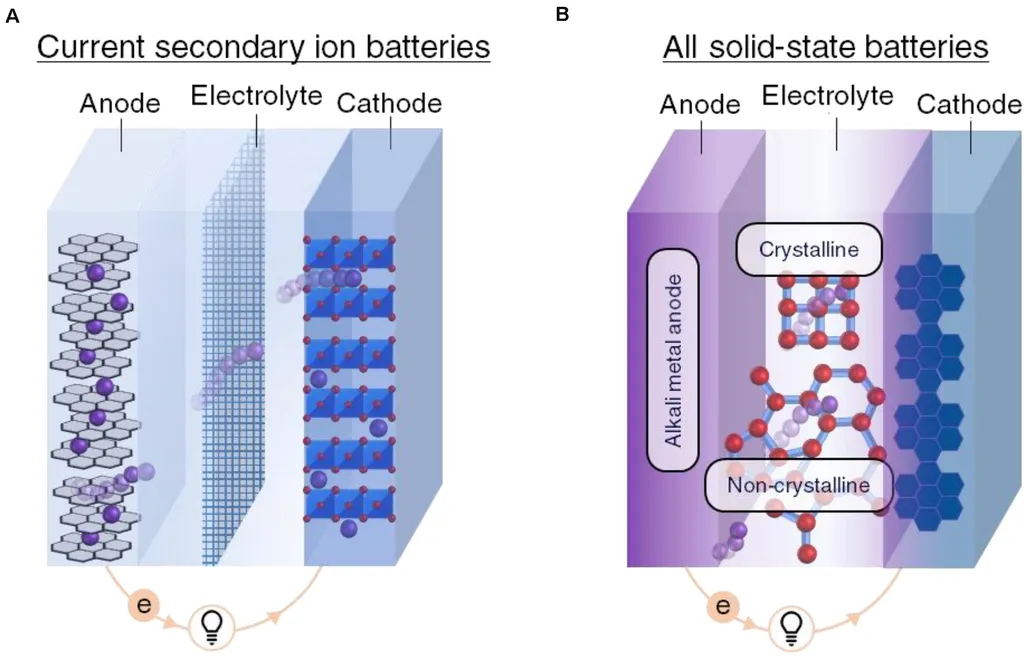In the relentless pursuit of advanced energy storage solutions, researchers have long been captivated by the promise of all-solid-state batteries (ASSBs). These next-generation batteries offer the tantalizing prospect of enhanced safety and energy density, but their path to commercialization has been fraught with challenges. A recent study published in Nature Communications, titled “Interfacial chemistry-driven reaction dynamics and resultant microstructural evolution in lithium-based all-solid-state batteries,” sheds new light on the intricate interplay of phenomena influencing ASSB performance. The research, led by Chanhyun Park from the School of Energy and Chemical Engineering at Ulsan National Institute of Science and Technology (UNIST), delves into the complex microstructural evolution within these batteries, offering insights that could shape future developments in the energy sector.
The study focuses on the impact of chemical degradation on the reaction behavior and microstructural evolution of Ni-rich cathode particles within composite cathodes of sulfide-based ASSBs. By employing a well-defined model system incorporating Li-In alloy anodes and a non-decomposable coating layer, the researchers were able to isolate and alter the interfacial chemical reactivity. “Our goal was to understand how chemical degradation influences the overall performance of ASSBs,” Park explained. “By using lithium difluorophosphate (LiDFP) to suppress chemical degradation, we observed significant improvements in reaction uniformity among particles and a homogenization of mechanical degradation.”
One of the most striking findings of the study was the trade-off between suppressing chemical degradation and the formation of pores. While suppressing chemical degradation enhanced reaction uniformity and mechanical degradation homogeneity, it also increased pore formation and tortuosity. Conversely, unbridled chemical degradation led to significant reaction heterogeneity and non-uniform mechanical degradation, with fewer pores and lower tortuosity. These findings underscore the critical role of coating layers in promoting lithium conduction by maintaining contact with the cathode surface.
The implications of this research are profound for the energy sector. As the demand for high-performance, safe, and reliable energy storage solutions continues to grow, the insights gained from this study could pave the way for the development of more efficient and durable ASSBs. “Understanding the complex interplay of phenomena influencing ASSB performance is crucial for their commercialization,” Park noted. “Our findings provide a deeper understanding of the role of chemical degradation in the microstructural evolution of ASSBs, which could guide the design of more effective coating layers and overall battery architectures.”
The study’s publication in Nature Communications, a prestigious journal known for its rigorous peer-review process, highlights the significance of these findings. As the energy sector continues to evolve, the insights gained from this research could play a pivotal role in shaping the future of energy storage technologies. By unraveling the intricate dynamics of ASSBs, Park and his team have taken a significant step towards unlocking the full potential of these next-generation batteries, bringing us closer to a future powered by advanced, efficient, and sustainable energy solutions.

